We generally assume that home renovations will increase the value of our home. Whether it’s a new kitchen or a gently refreshed guest bedroom, most of the time, the maths works in our favour when we do work on a house, making the dust, mishaps, and strain on our bank accounts ultimately worth it.
But not always. Sometimes the renovations don’t pay off the way we expect; while something like a kitchen remodel definitely boosts the value of your home, it doesn’t actually pay for itself, returning just 71% or so of your investment, which is a sobering thing to learn when you’re about to write an enormous check to a contractor. But the real kick in the shins are the home renovations and remodeling projects that actually decrease the value of your home. These are the home renovations you should avoid — unless you love your hot tub too much to care.
Wallpaper
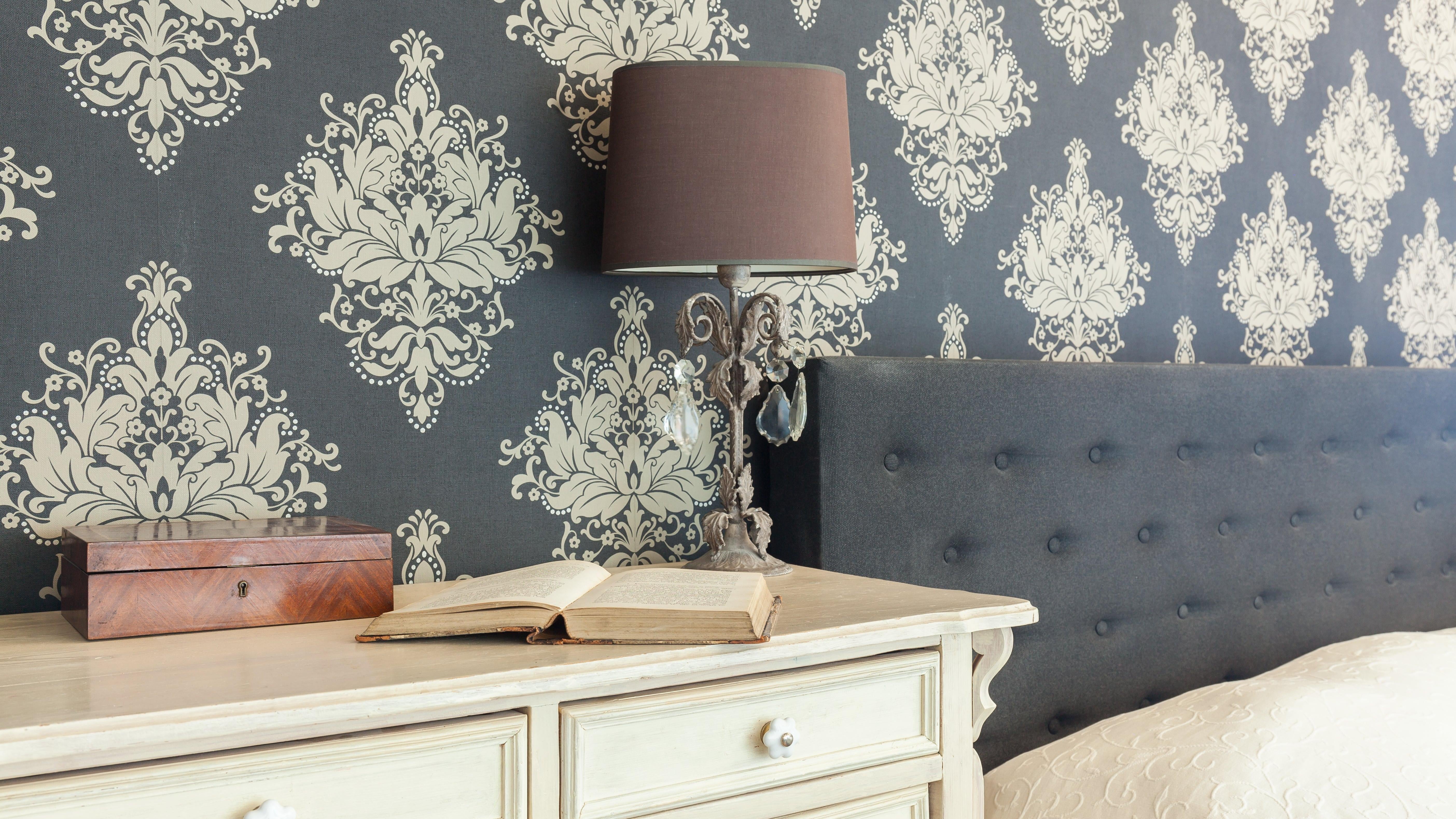
When people buy a house, they want to buy a dream — a comfortable space for their family to thrive. What they see when they walk into a house with a lot of wallpaper (and “a lot of wallpaper” is generally defined as “any wallpaper whatsoever”) is a chore. You’re essentially selling them a job that needs doing, and that job is removing all of that wallpaper. Buyers will do a quick mental calculation of how much work that’s going to be, and they will reduce their offer on the home appropriately — if they bother making one at all. It costs about $US1,000 ($1,388) per room to put up wallpaper, and if you choose to do it despite this advice, you should assume you’re never getting any of that money back.
Built-in electronics

Having something like a sound system, theatre projector, or smart home features installed in your home can seem luxurious and useful. Instead of having wires running everywhere, it’s all neatly hidden away, and access to inputs and controls is convenient and easy. And a “smart home” can feel very modern while offering real benefits in terms of efficiency and control over your environment.
The problem is that potential buyers may not have the same needs as you, and electronics baked into the walls of the home might be wasted on them, or might become outdated over time, becoming not just an eyesore, but an eyesore that doesn’t even work well. In other words, built-in electronics can appear as future bills to house-hunters, because they immediately estimate how much it will cost them to remove and/or upgrade them.
Garage conversions
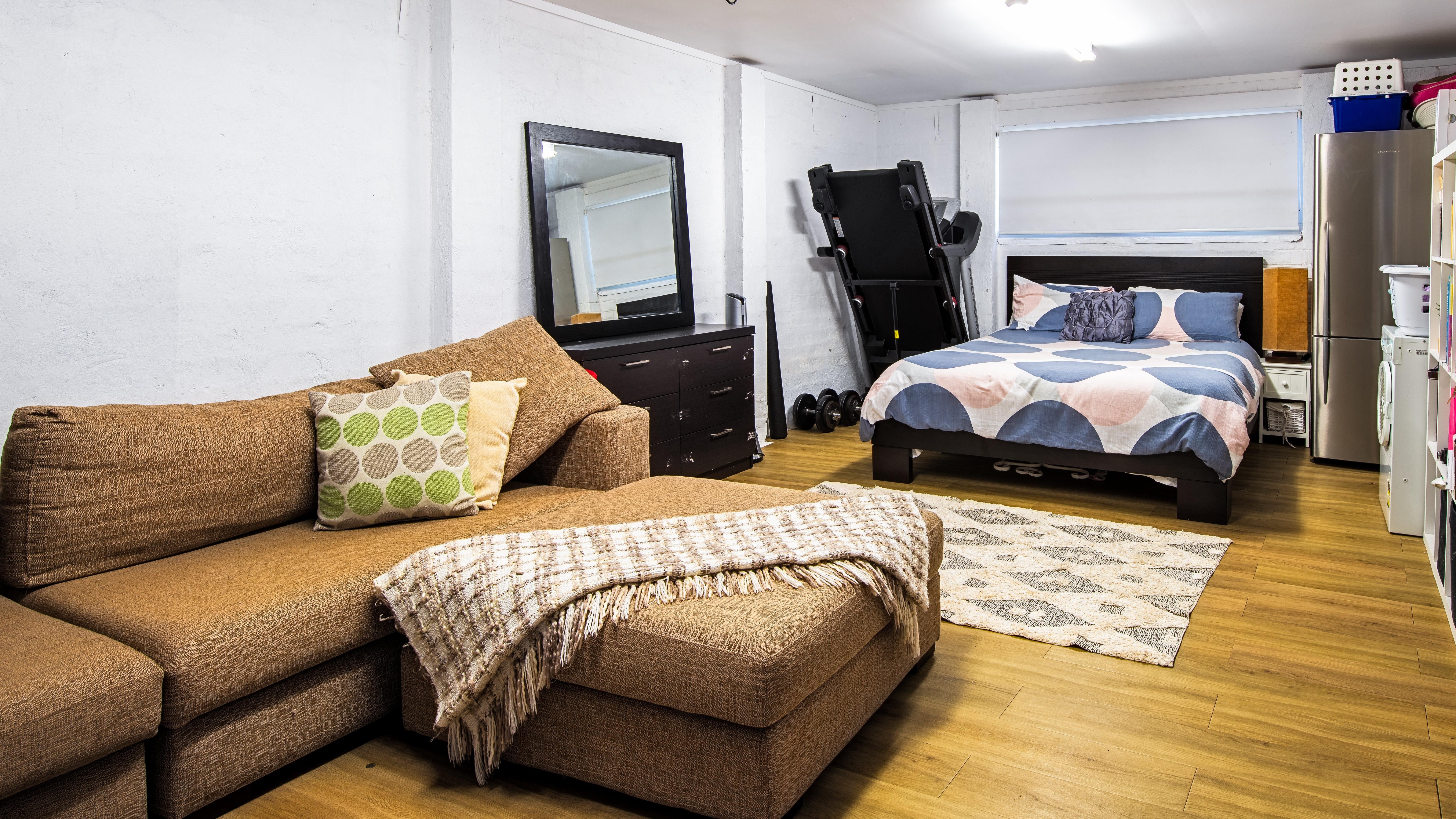
When space becomes a problem in a home, people sometimes think it’s a good idea to convert their garage into a bedroom or living space. They figure they can park their cars in the driveway or on the street and gain a whole new room. And this can work out perfectly well — for them. For the value of their home? Not so much.
The general rule of thumb in home renovations versus the value of your house is that removing things is always bad. When you convert your garage into a mother-in-law suite, for example, you’re not just gaining more square footage — you’re also losing a valuable aspect of the home that buyers want. Worse, the buyers may not care as much about the extra room, since they’re coming in fresh. The impact is brutal — it’s estimated a garage conversion can reduce your home’s value by as much as 25%.
Carpeting
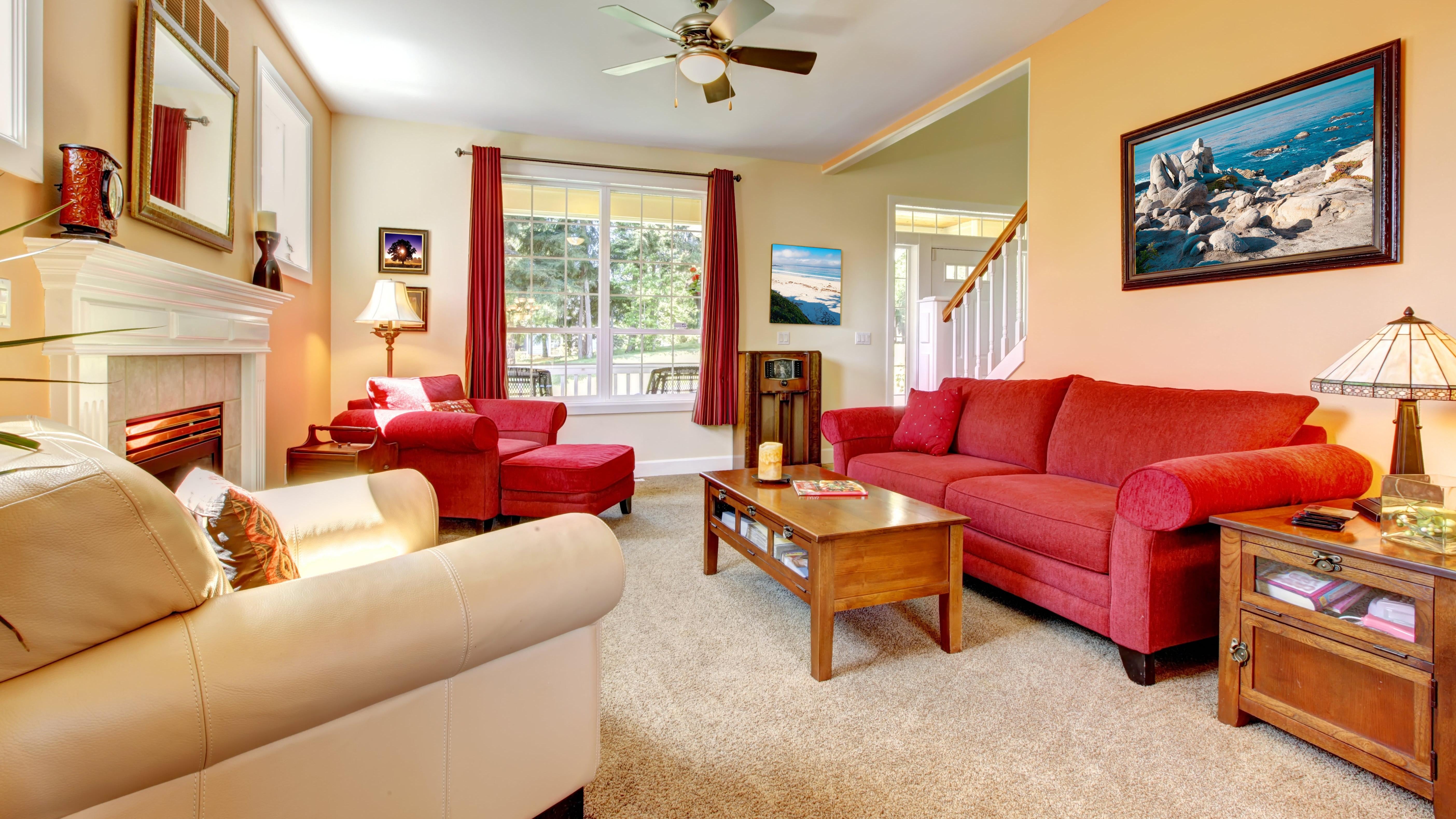
It’s true, some people like carpet in the home. It keeps floors warm in the winter, and high-quality carpet feels good on bare feet. There are a lot of people who think carpet feels snug and cosy.
Those good vibes are generally restricted to carpet that’s relatively new and kept very clean, however — and house hunters don’t generally have much faith in you when it comes to your general hygiene. In other words, people are kind of grossed out by any carpet that isn’t obviously brand-new and spotless. And they have good reason to feel that way — carpets are kind of gross, and can even negatively impact your health. According to NerdWallet, having carpet as the primary flooring in your home drops its value by nearly $US4,000 ($5,553).
Overly personal design choices
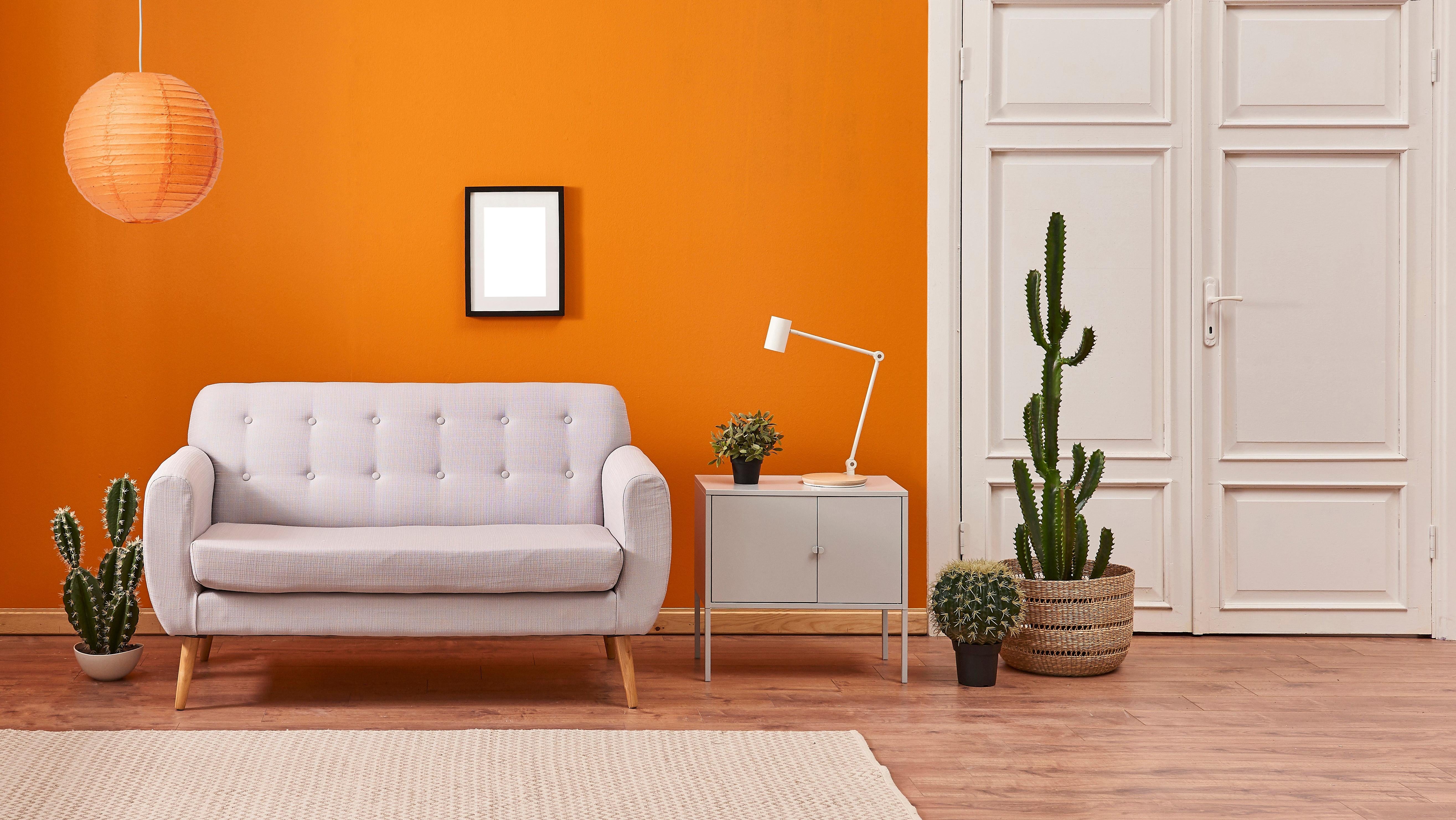
To quote Marie (Carrie Fisher) in When Harry Met Sally, everybody thinks they have good taste and a sense of humour but they couldn’t possibly all have good taste. Houses can be challenging, in a sense, because they’re both an investment and our homes. It’s natural to want your home to reflect your personality and taste, but if you go too far in that direction, you wind up restricting the potential buyers for your house to people who are just like you. And the chances of finding your design doppelgänger are exceedingly low. As a result, too-bold paint colours, funky light fixtures, and anything else that’s overly personal will actually decrease your home’s objective value.
Bedroom conversion
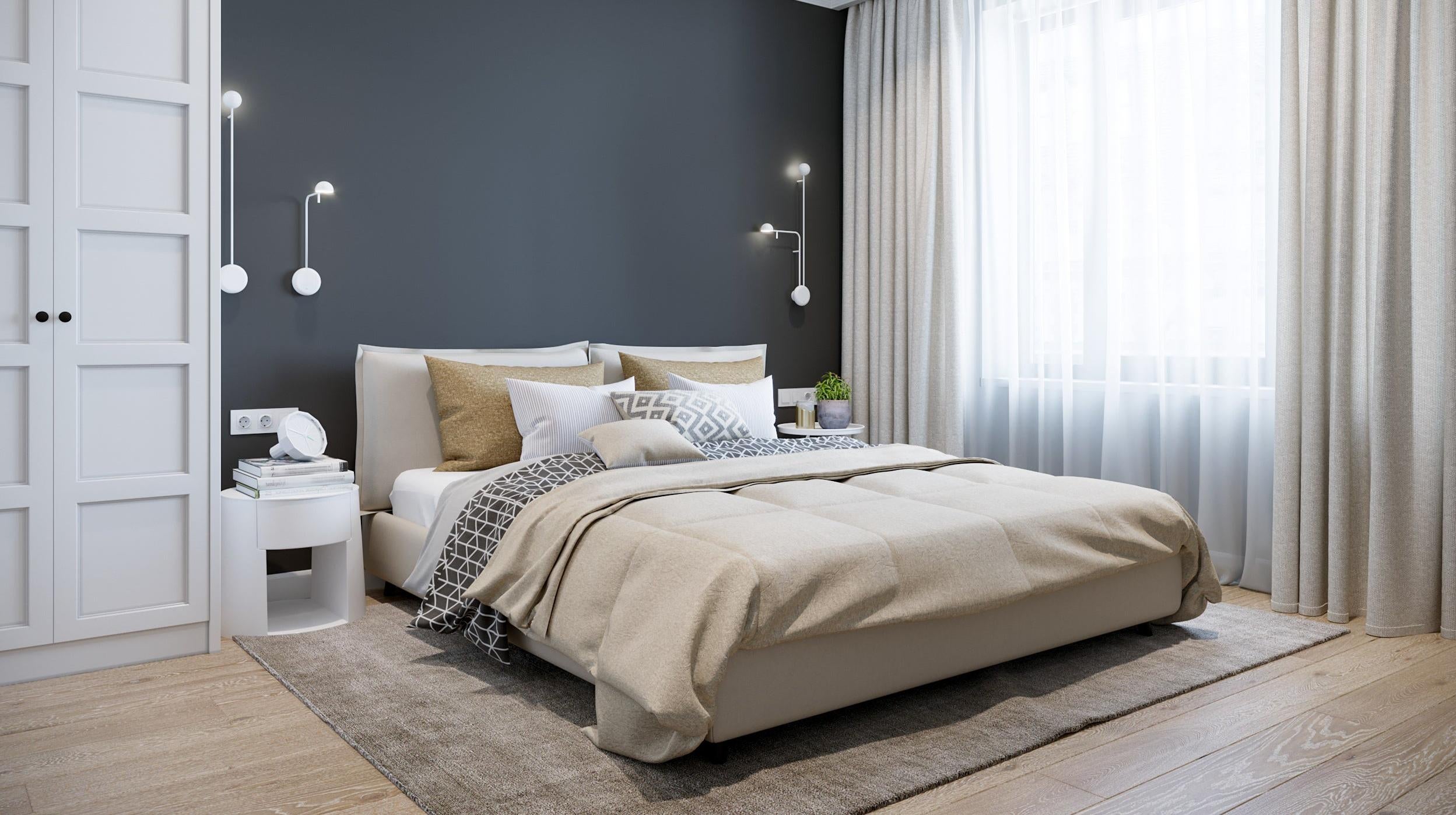
There’s a reason real estate listings always boil a house down to the number of bedrooms and bathrooms — any time you remove a bedroom from your home, you’re reducing its value. Whether it’s permanently changing a bedroom into some other room (like an office or closet) or combining two bedrooms into one large bedroom, losing that bedroom will cost you.
Anything that removes a closet
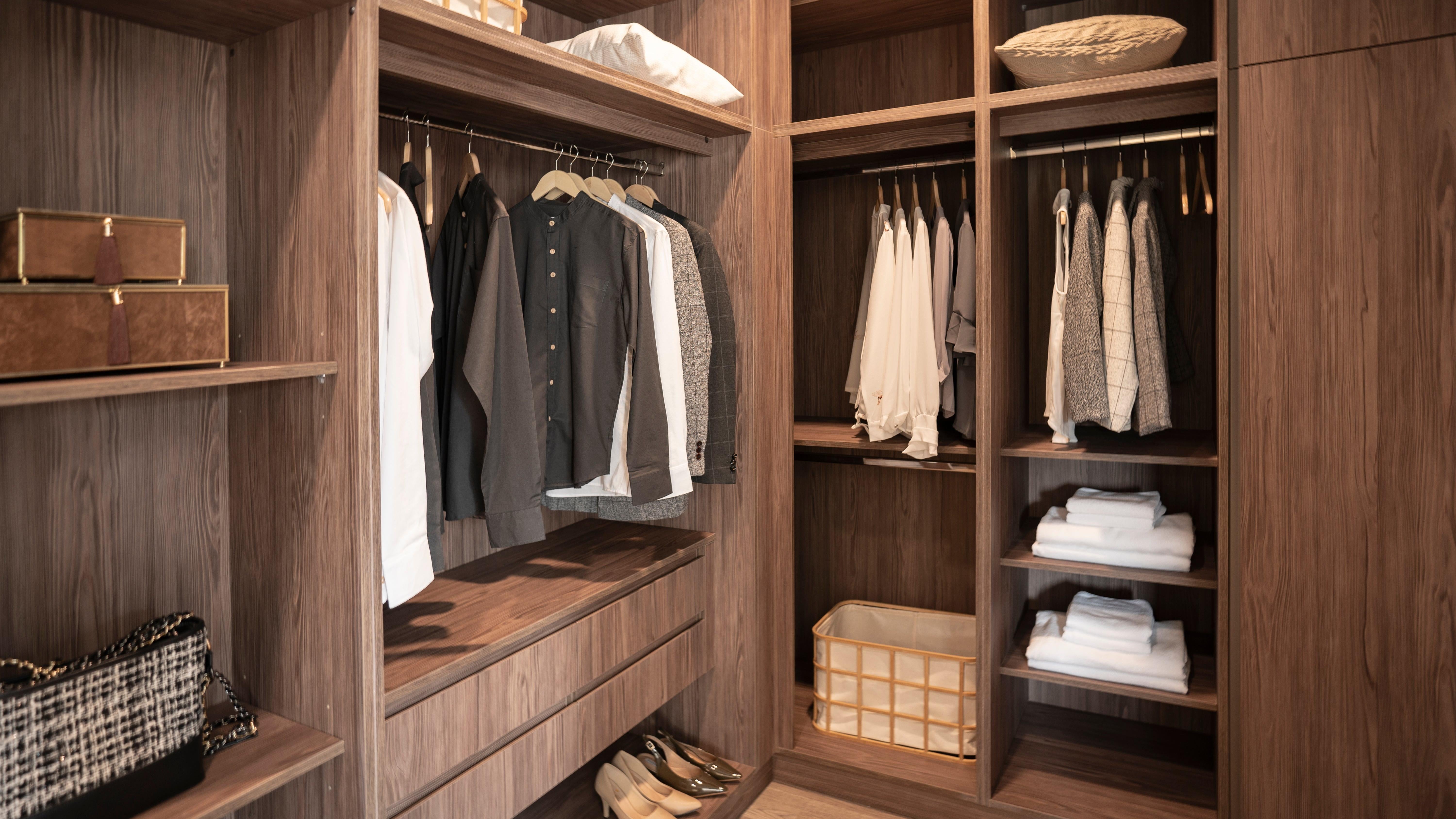
Closets and storage space in general are key motivators for homebuyers. We’ve all seen folks on HGTV step into a walk-in closet and collapse in joy at the sight of it, right? But sometimes we start to side-eye our closets, especially closets in spare bedrooms or linen closets in hallways. The idea of using that square footage to expand a nearby bathroom or bedroom seems like an easy decision, especially if you’re not really using that closet to begin with.
But it comes at a cost to your home’s value. Similarly to bedrooms and bathrooms, the more closets, the better. Closets may not get front-line treatment in the listing, but people definitely notice when they’re lacking.
Inflexible rooms
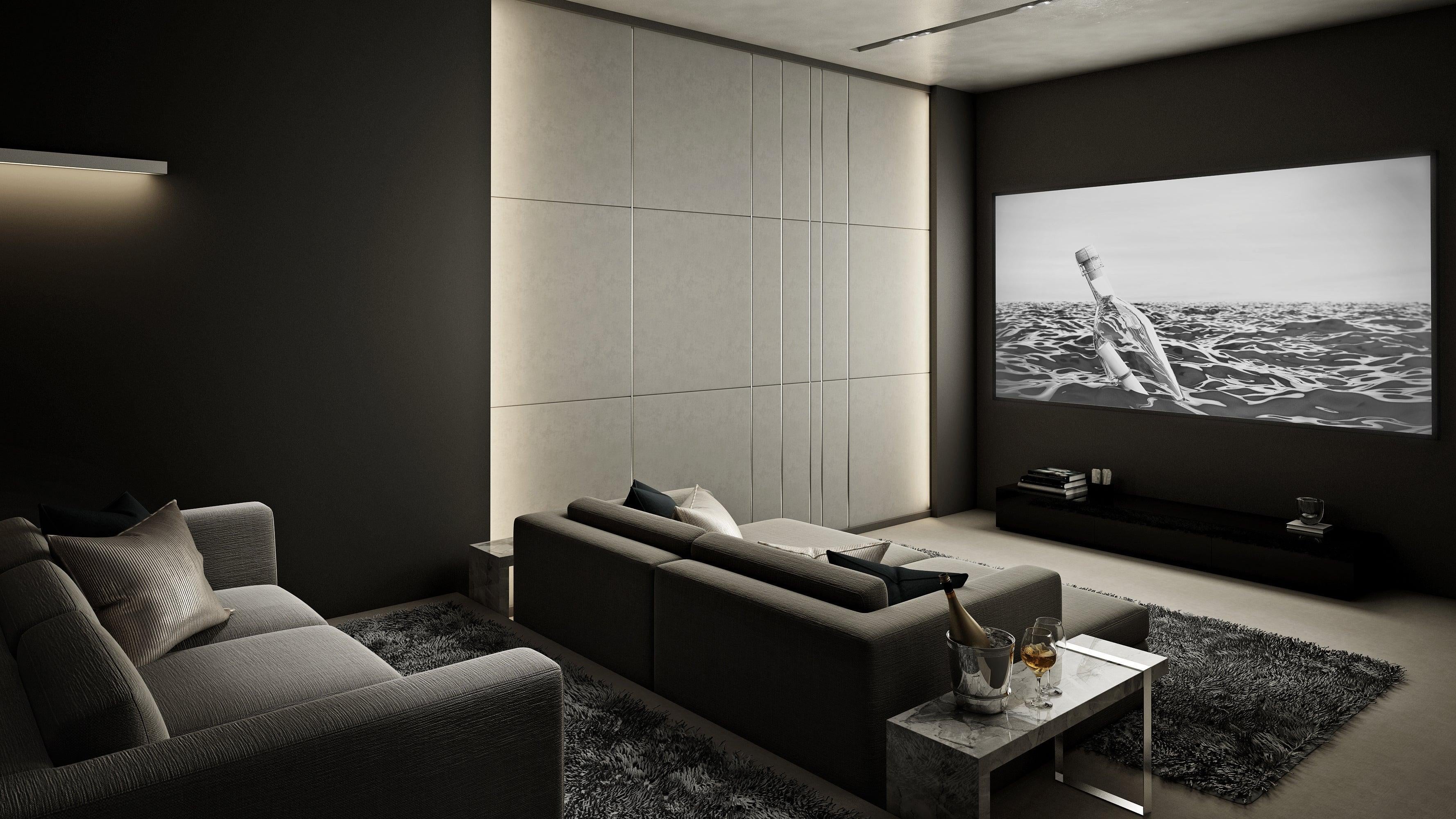
Inflexible rooms like a home theatre or a home gym that cater to your lifestyle and interests might seem like a good idea. Who doesn’t want a home gym, after all? Well…lots of people, actually, and overly specific rooms like this can devalue your home because potential buyers may see them as renovation bills instead of blank slates they can use any way they see fit. And if your buyers are already calculating the thousands of dollars they’ll have to spend to rip out your home theatre, craft room, or man cave, they’re going to lower their offers accordingly.
It often comes down to where you live, though. The value a home theatre brings to your house, for example, depends a lot on the size of your home and whether comparable homes in your neighbourhood have them. If you’ve used precious square footage in a modest home for one and no other homes in your area have a theatre, the people looking to buy won’t think it’s fancy — they’ll think it’s a waste.
Pool or hot tub
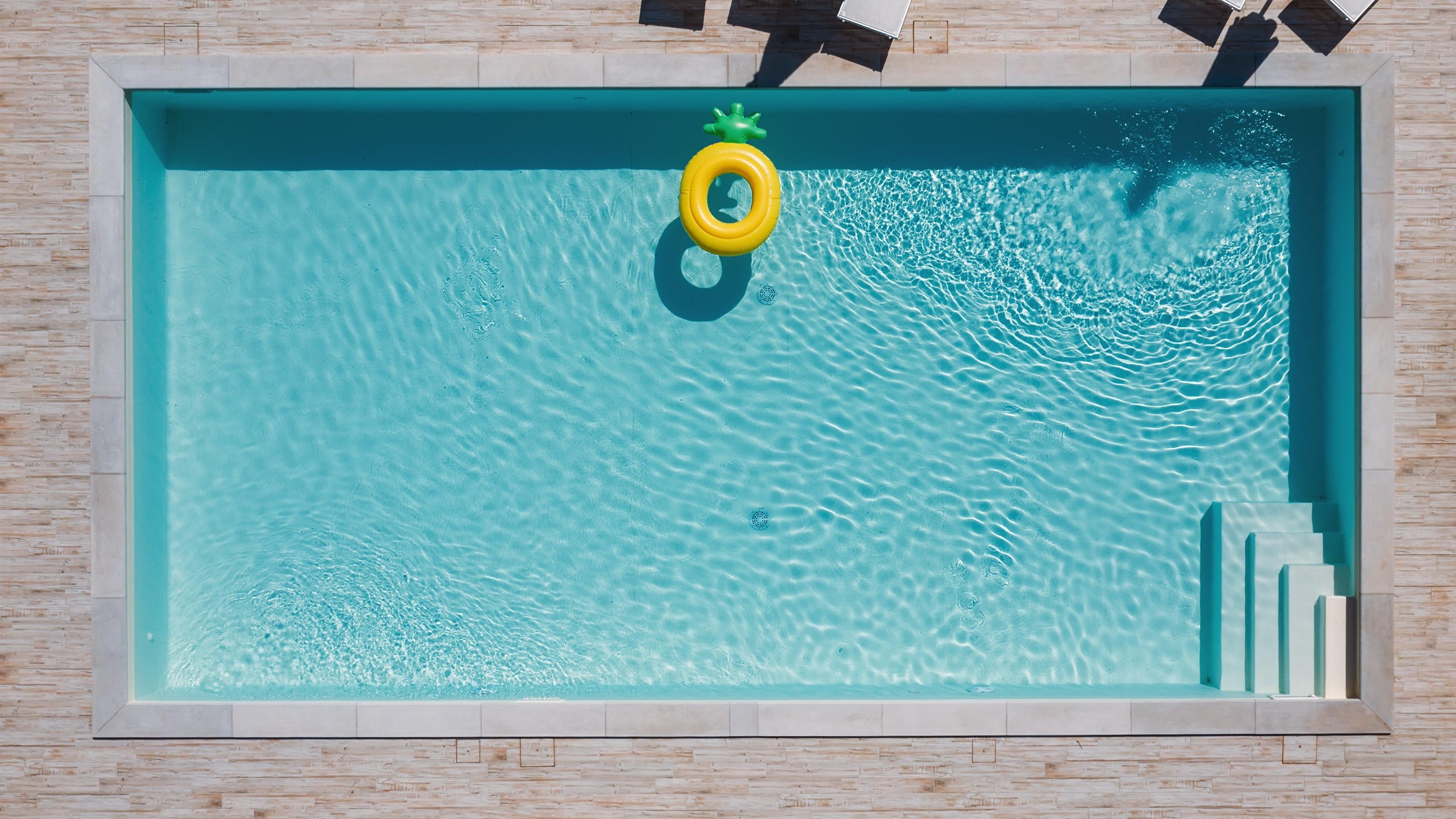
A pool in your backyard might seem like a surefire winner when it comes to increasing your home’s value — but not necessarily. In-ground pools are costly and the only time they make sense is if it’s a standard feature in your area. If all the comparable homes have one, installing a pool might make sense — but even then it probably adds less than 10% to the value of your home, and you’ll never make back that investment.
And if pools aren’t common in your area, it will actually drag the value of your home because potential buyers may see it as something they’ll need to pay to remove — or as a chore they’re buying, a feature they’ll have to work to maintain despite not really wanting or using it. And hot tubs? You might love luxuriating in a hot tub with a glass of wine, but house hunters may only see bubbling pools of bacteria.
Textured ceilings and walls
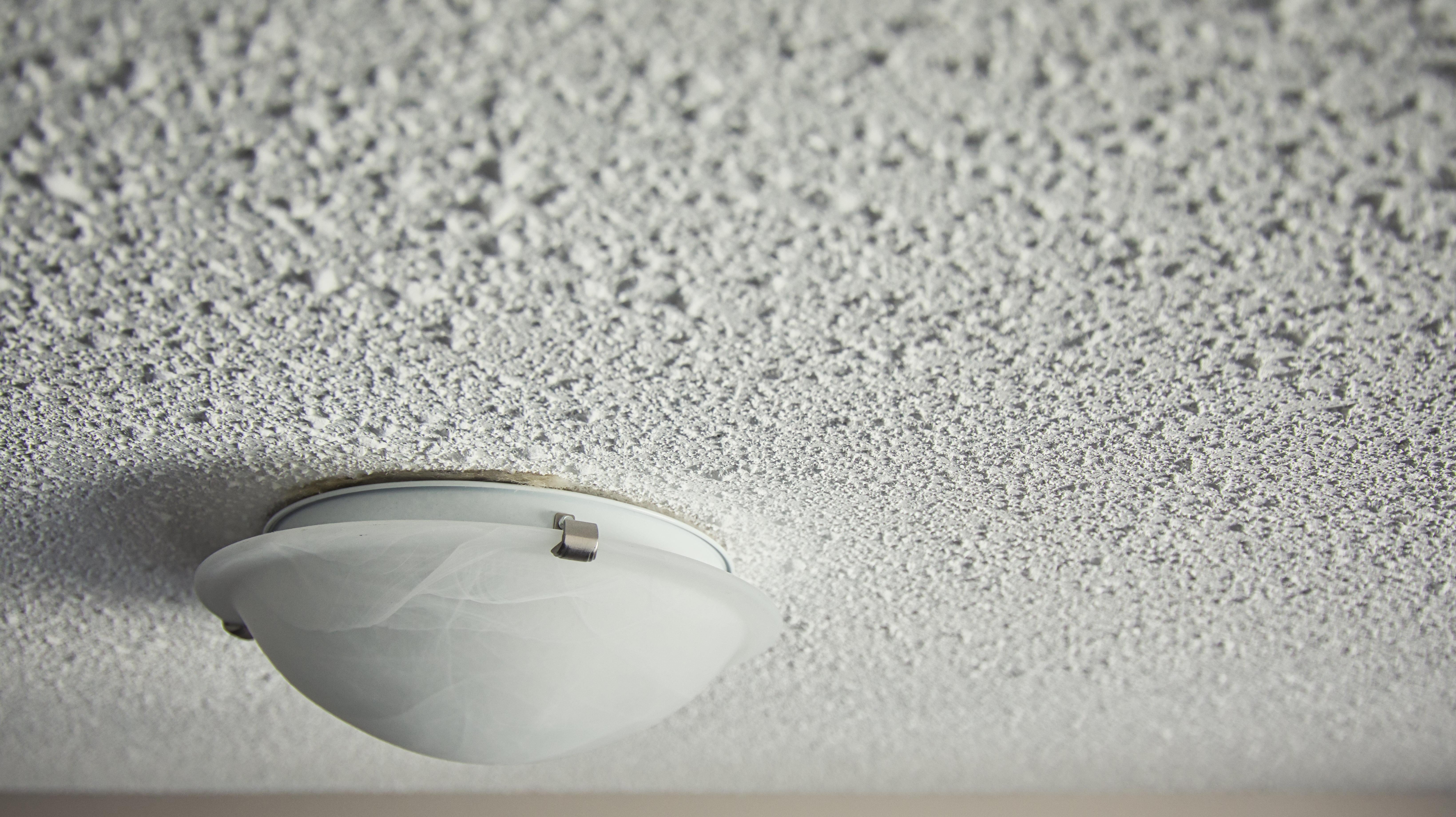
Adding texture to your walls or ceilings is an incredibly personal choice. Texture wall treatments are often fun DIY projects for the creatively-inclined home owner, or are designed to give a home a more rustic or aged feel, replicating old plaster or other character-imbuing traits.
But not only are textured walls and ceilings often associated with cheaper housing (especially textured ceilings — aka “popcorn” ceilings, which are considered one of the worst things modern man has ever invented), they’re also an incredibly personal design choice. Put simply, not everyone loves texture on their walls — and even the folks who vibe with some texture may not like the texture you’ve chosen. That means the texture has to be scraped off or covered up, which can get expensive (up to $US3,000 ($4,165) for just one ceiling) and messy. Potential buyers are going to charge that cost back against the value of your home.
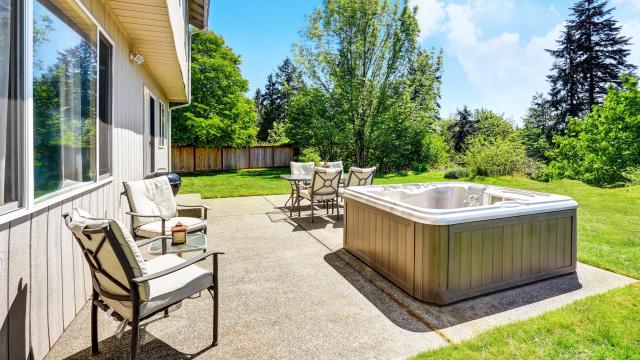
Leave a Reply
You must be logged in to post a comment.